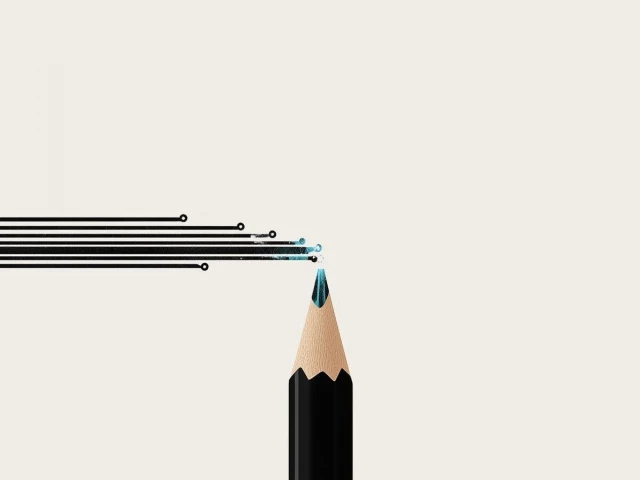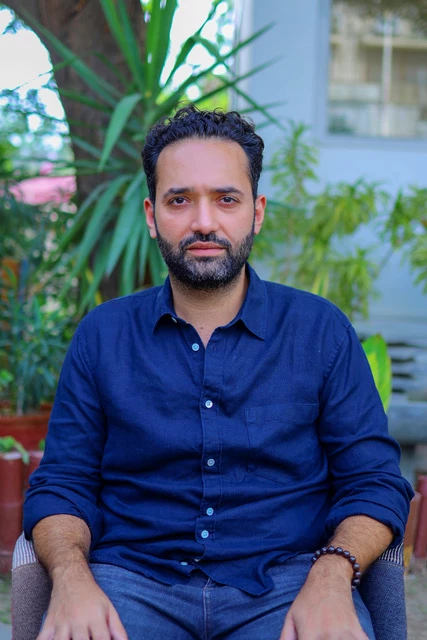The world our children are growing up in no longer resembles the one we were educated for. Traditional schooling models, built around standardized testing, rigid curricula, and a narrow definition of success, are rapidly losing relevance. We are not preparing for the future. We are already in it. And the rules of the game must change.
For decades, academic grades and test scores have been treated as passports to opportunity. Yet research continues to show that academic success is not a reliable predictor of success in the real world. With the rise of Artificial Intelligence (AI), the very notion of what constitutes meaningful work and learning is shifting beneath our feet. The question is no longer, “What jobs will exist?” but rather, “What kinds of humans will thrive?”
Beyond teachers and textbooks
In countries like Pakistan, concerns about teacher quality have long haunted education. But with the advent of AI, these barriers can be reimagined. A child in Karachi could have access to the same caliber of resources as one in Helsinki or Singapore. Knowledge has been democratized. What will matter now is not what students learn, but how they learn and who they become in the process.
This also means the teacher’s role must fundamentally shift. Teachers are no longer just transmitters of knowledge; they must become facilitators and co-learners, guiding students as they design their own paths and collaborate with technology.
This is why the school of the future must evolve into something far greater than a delivery system for content. It must become a community: a place where students, teachers, and parents co-create learning journeys, where technology enhances but does not replace human connection, and where every child is guided to uncover their unique gifts.
Honoring our humanness
We are not here to build robots who outperform machines. We are here to raise humans who can collaborate with machines while staying rooted in empathy, creativity, and self-awareness. The teacher’s role will no longer be to enforce discipline but to cultivate self-discipline, curiosity, and resilience in students.
In an era where children are drowning in screen time, schools must become sanctuaries of presence — spaces where conflict is resolved through dialogue, friendships are nurtured, and young people learn what it means to see and to be seen.
A call to collaborate
I do not claim to have all the answers. In truth, none of us can predict exactly where this journey with AI will take us. But I do know this: we cannot continue working in silos. The education sector has been segregated for too long. To reimagine the future, we need educators working hand-in-hand with scientists, technologists, financial leaders, artists, and parents.
This is not just a “nice to have.” It is our collective responsibility. Because it no longer takes just a village to raise a child — in the age of AI, it takes a global village.
I share these reflections not as definitive solutions but as an invitation. An invitation to dream together, to create together, and yes, even to rebel together against outdated systems that no longer serve our children. The future of education will not be written by one person, or one institution, but by a community of people who dare to believe that a better way is possible.
The time to begin is now. This is a call to the rebels, the dreamers, the scientists, and the artists — to come together and redefine the purpose of today’s schools.
Reimagining education in the Age of AI: An invitation to dream together
Beyond grades, raising humans, not robots, thoughts from the founder of Veritas Learning Circle



COMMENTS (4)
Comments are moderated and generally will be posted if they are on-topic and not abusive.
For more information, please see our Comments FAQ